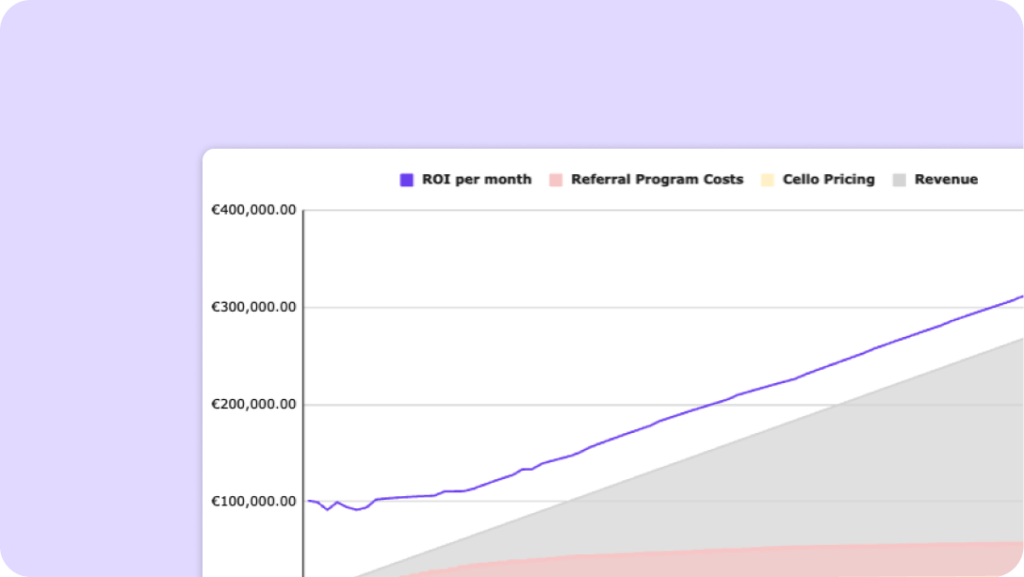Demand generation is a crucial aspect of any business's marketing strategy. By understanding and implementing effective demand generation techniques, businesses can create a strong customer base and drive revenue growth. In this comprehensive guide, we will explore the concept of demand generation, its importance in business, the process involved, key components, measuring success, and how it differs from lead generation. Let's delve into the world of demand generation and unlock its potential for your business.
| Key Element | Description | Tips for Optimization |
|---|---|---|
| Understanding Demand Generation | Refers to generating and nurturing interest in a product or service. Involves creating brand awareness, attracting prospects, and converting them into paying customers. | Engage potential customers, build trust, and differentiate from competitors. |
| Process of Demand Generation | Consists of identifying target market, creating strategy, and implementing key components for success. | Conduct market research, develop strategy aligned with business goals. |
| Measuring Success | Involves analyzing key performance indicators (KPIs) such as website traffic, lead quality, conversion rates, and customer acquisition cost. | Regularly monitor and evaluate performance metrics, conduct A/B testing. |
| Demand vs. Lead Generation | Demand generation focuses on creating and nurturing demand for a business's products or services, while lead generation specifically refers to identifying and converting prospects into leads. | Both are essential components of a comprehensive marketing strategy. |
Understanding demand generation
🤝📈 Demand generation refers to the process of generating and nurturing interest in a product or service among potential customers. It involves creating brand awareness, attracting prospects, and converting them into paying customers.
Effective demand generation strategies focus on the entire customer journey, from initial awareness to eventual purchase. By engaging and building relationships with potential customers, businesses can drive demand for their offerings and ultimately achieve their revenue goals.
The concept
At its core, it is all about creating demand for a business's products or services through various marketing and promotional activities. It goes beyond traditional marketing tactics by encompassing strategies that educate, engage, and nurture potential customers throughout their decision-making process.
By employing a holistic approach, it aims to establish brand authority, build trust, and differentiate a business from its competitors.
Its importance in business
Demand generation plays a crucial role in driving business growth. It enables businesses to create a steady pipeline of qualified leads and potential customers. By implementing effective demand generation strategies, businesses can build brand awareness, foster customer loyalty, and increase customer retention.
Additionally, it helps businesses adapt to changing market conditions and stay ahead of the competition, ensuring long-term success.
The process of demand generation
The demand generation process consists of two key steps that are vital for success. Let's explore these steps in detail.

Identifying target market
Before embarking on any efforts, it is crucial to identify and understand the target market. This involves conducting thorough market research, analyzing customer demographics, behaviors, and preferences to identify the business' ideal customers.
Creating a demand generation strategy
Once the target market has been identified, the next step is to develop a comprehensive demand generation strategy. This includes defining marketing objectives, selecting appropriate channels, creating compelling content, and establishing a lead nurturing process.
A well-structured strategy ensures that all marketing efforts align with business goals and effectively drive demand for the products or services being offered.
Key components of marketing success in demand generation
The table below lists the key components that work together to achieve marketing success. Let's explore some of these components.
| Marketing Component | Description |
|---|---|
| Content Marketing | - Creating informative and valuable content - Utilizing strategies like blog posts, articles, eBooks, videos |
| Email Marketing | - Building targeted email lists - Crafting personalized and compelling email campaigns - Nurturing leads - Communicating directly with potential customers - Guiding customers through the journey, which increases conversion likelihood |
| Social Media | - Reaching a vast audience and engaging potential customers - Building brand awareness - Sharing valuable content - Interacting with audience - Building a community of loyal followers and advocates |
Measuring demand generation success
Measuring the success of demand generation efforts is essential to evaluate the effectiveness of strategies and make informed decisions for improvement. Let's explore some key performance indicators (KPIs) that help gauge success.
Key performance indicators
Some KPIs to consider when measuring demand generation success include:
- Website traffic - Semrush is an example of a useful tool for this
- Lead quality
- Conversion rates
- Customer acquisition cost
- Customer lifetime value
By analyzing these KPIs, businesses can gain insights into the effectiveness of their strategies and make data-driven decisions to optimize their efforts.
Analysis and evaluation
Regular analysis and evaluation is crucial for continuous improvement. On top of monitoring performance metrics, business can also conduct A/B testing and analyze customer feedback to identify areas of improvement and make the necessary adjustments.
Demand generation vs. lead generation
Demand generation is often confused with lead generation, but they are distinct concepts. Let's explore the differences and similarities between the two.
Differences and similarities
Demand generation focuses on creating and nurturing demand for a business's products or services, encompassing the entire customer journey. On the other hand, lead generation specifically refers to the process of identifying and converting prospects into leads, usually through lead capture forms or landing pages.
While demand generation aims to create brand awareness and generate interest, lead generation focuses on collecting lead information for sales teams to follow up and convert into customers.
However, both are essential components of a comprehensive marketing strategy and work hand in hand to drive business growth.

Choosing the right approach for your business
Choosing which one to prioritize depends on the specific needs and goals of your business. Evaluate your target market, marketing objectives, and available resources to determine the most suitable approach. In many cases, a balanced approach that combines both demand and lead generation strategies can be highly effective in driving sustainable business growth.
Conclusion
In conclusion, demand generation is a comprehensive process that encompasses various strategies to generate and nurture interest in a business's offerings. By understanding the key components, implementing effective techniques, and measuring success, businesses can unlock its potential to drive revenue growth, build brand authority, and establish long-term success in today's competitive market.
Unlock your business's viral growth with Cello
Ready to transform your users into a powerful growth engine for your SaaS product? With Cello, you can effortlessly integrate a peer-to-peer referral program that turns sharing into a seamless and rewarding experience. Experience the viral growth effect with minimal development time, immediate payback, and impressive conversion rates. Take advantage of our success-based pricing and robust management tools to track your program's ROI in real-time. Don't miss out on the opportunity to see how Cello can revolutionize your demand generation strategy. Book a demo today and watch your user-led growth soar.
Resources
Related Articles

Complete Guide to your B2B Referral Program
Want to get started with B2B referrals? Check out our complete guide to your B2B referral ...

PLG SaaS Referral ROI Calculator
Learn how to estimate and prove the ROI of your PLG Referral Program

The 4 Referral Program Categories for B2B SaaS (2025 Guide + Examples)
Learn how to get started with referral programs for B2B SaaS. Understand what type of referral ...

